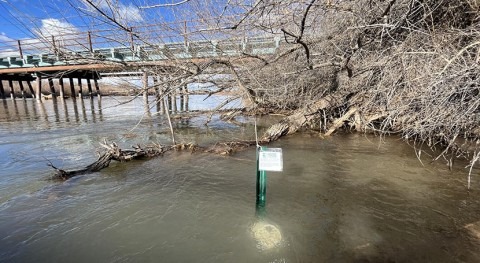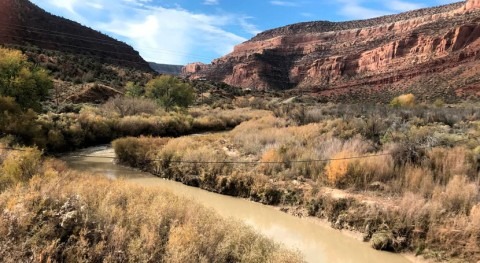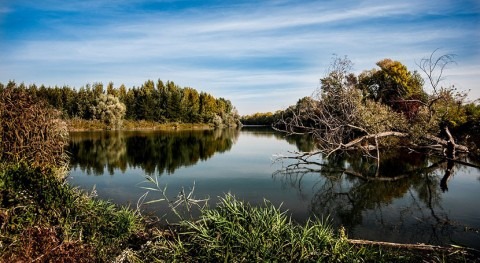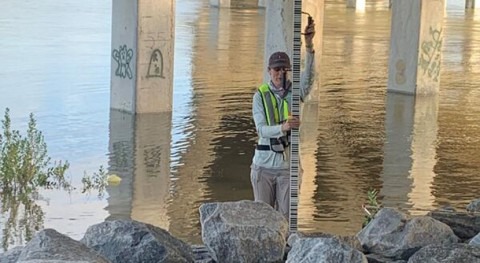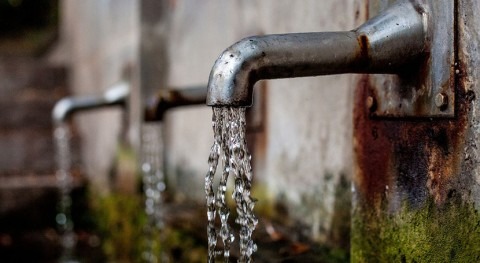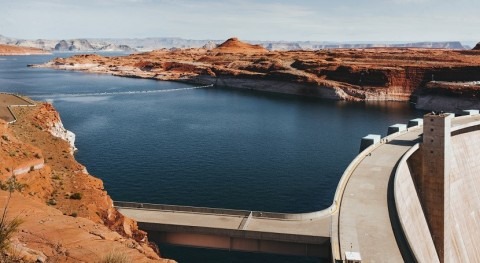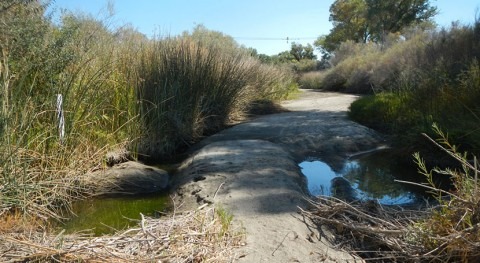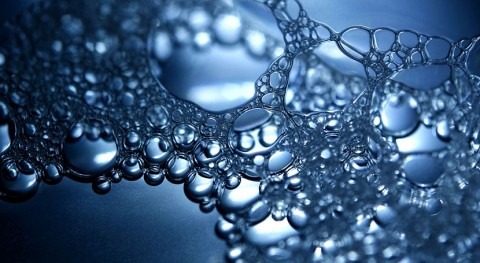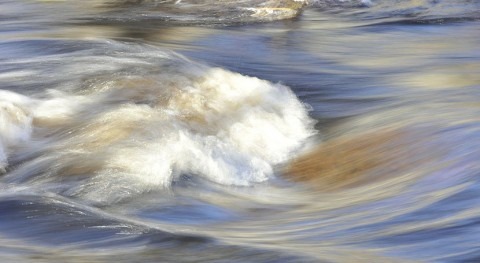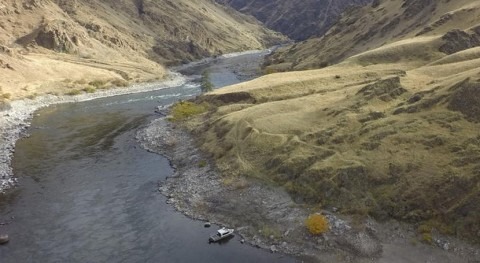Phosphorus is an essential nutrient for plants and animals. However, excessive phosphorus in surface water can cause explosive growth of aquatic plants and algae. This can lead to a variety of water-quality problems, including low dissolved oxygen concentrations, which can cause fish kills and harm other aquatic life. Rivers connect our terrestrial landscape with downstream lakes, reservoirs, and coastal environments. High phosphorus concentrations and associated water-quality degradation are a key water-quality concern in many of our nation’s rivers and streams.
A team of USGS scientists recently published a paper that investigates the potential sources of phosphorus that contribute to degraded river water quality. Here’s what the lead author had to say about the study.
Q: What question were you trying to answer with your recent study?
Stackpoole: The link between agriculture, excess phosphorus, and excess algal growth in freshwater ecosystems is well established. Management efforts to reduce the movement of excess agricultural phosphorus to surface waters have been in place for decades, but we have not seen widespread improvements in water quality. This may be because the source of phosphorus leading to degraded water-quality conditions may not actually be linked to the manure and fertilizer currently being applied to nearby farms and fields. Phosphorus contributions to current river water-quality degradation can also come from older, historical manure and fertilizer inputs that have built up in soils, and sometimes these phosphorus sources can be more than 20 years old.
We wanted to determine if historical phosphorus was a nutrient source to rivers and whether it was masking the effects of current conservation efforts.
Q: What’s unique about this study?
Stackpoole: Previous studies that have looked at current and historical phosphorus sources and their effects on water quality have been more limited in either space (number of watersheds) or time (period of analysis). Our study looked at water quality at 143 river sites for a 20-year time period, 1992–2012.
Q: What insights did you gain about current agricultural phosphorous management?
Stackpoole: The way we evaluated current agricultural phosphorus management was called an agricultural phosphorus balance, defined by phosphorus inputs and outputs. Two key inputs were fertilizer and manure applications to soils. One key watershed phosphorus output is crop uptake and removal of crop plant material in harvest.
You can think about the agricultural phosphorus balance in a similar way as a bank balance. Based on how many dollars that you put in compared to how many dollars you take out, you can have a deficit, a zero balance, or a surplus (also called a savings). The difference between your bank balance and an agricultural phosphorus balance is that you usually want a surplus in your bank account, but most conservation efforts have been trying to reduce the surplus of phosphorus on the landscape and are aiming toward a zero balance.
We found that 7% of the river sites had deficits, meaning that the inputs were less than what was taken up by the plants, 25% were balanced, meaning that the inputs were equal to what was taken up by the plants. However, 68% of the river sites had surpluses, meaning that inputs were greater than outputs.
Q. What insights did you gain about historical phosphorus sources?
Stackpoole: We documented that historical phosphorus was a source of river phosphorus at 49 of 143 sites. The agricultural balances at these sites showed us that older legacy phosphorus sources, probably manure and fertilizer inputs from the 1980s, were still having an effect today as a source of river phosphorus.
Q: Did you see any indication that current conservation efforts are working?
Stackpoole: Yes, there is some good news in our story. At 43 river sites, where the agricultural balance has decreased over time, the water quality improved.
Q. What insights did you gain about current agricultural phosphorus management and water quality?
Stackpoole: Agricultural management efforts to reduce non-point P sources have been effective in improving water quality in some watersheds. However, additional strategies are needed to promote the adoption of nutrient-conserving practices without compromising agricultural yields. Because of legacy sources, reductions in agricultural phosphorus inputs alone may not be enough to reduce phosphorus. The most effective management actions will be system-specific and account for both the long-term effects of total historical P storage and reductions in contemporary surpluses.




